I recently had the pleasure of being invited to experience Cordova, Alaska and learn all about the pristine Copper River Fishery during Summer Salmon Camp. Cordova is a small fishing community in remote Alaska that is the source of some of the finest salmon in the world. I made the trip north, taking 3 flights and a few thousand miles over 4 states and 2 countries from San Diego, California.
Wild Salmon is one of my absolute favorite ingredients, so I can’t tell you how excited I was for this amazing opportunity of a lifetime to visit Alaska to see where it comes from. One of the first noticeable things that is right in your face even before you land, is all the natural beauty and breadth of Alaska. It is just unending. The sheer scale of the mountains and landscape creates an illusion of close proximity, yet they are really far and tall.
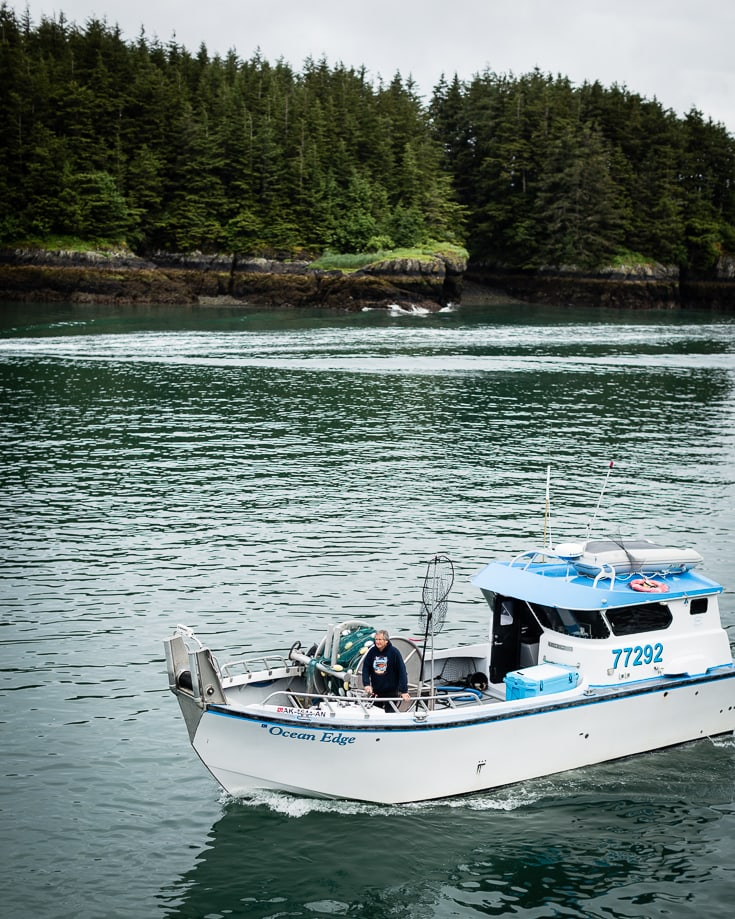
Cordova is a very small remote community that supplies the rest of us with one of the first wild salmon runs of the year and probably the best salmon found anywhere. Cordova’s population is just 2,239 during the summer months and drops down to much less than half of that during the Alaskan winter.
Traveling all the way up from the southernmost part of the U.S. west coast only seems appropriate when visiting Copper River Salmon, as the salmon themselves travel thousands of miles during their life cycle.
The story of the wild salmon is definitely one worth learning about because almost all of us indulge in it without ever knowing where it comes from or who catches it. Not only with the salmon’s life, but about the fishermen and fisherwomen who dedicate their lives to catching them. Seafood usually just appears on our plates or in our shopping carts and that’s often as much as we think about it at the time. While everyone might not get to experience this pristine fishery first hand; we all get to enjoy its benefits on our dinner plates.
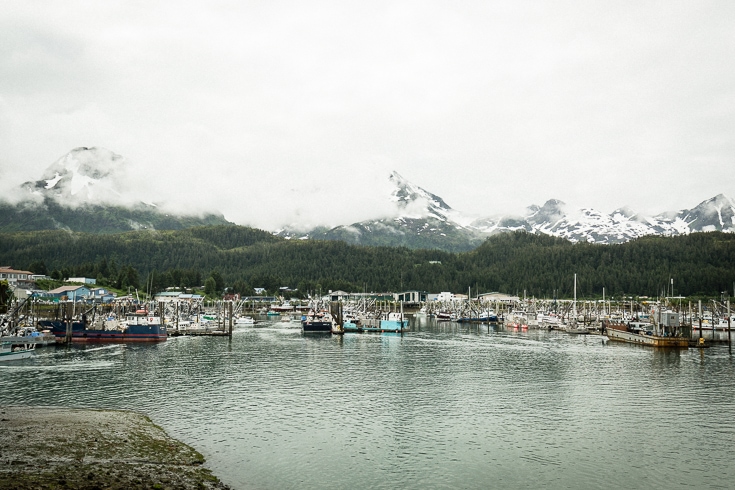
Learning about the Copper River Salmon and the area the fish are born and fished in was absolutely fascinating and I hope you enjoy hearing a little about some of the highlights and photos. Maybe you will be able to share with your family and friends the next time you have salmon on the dinner table.
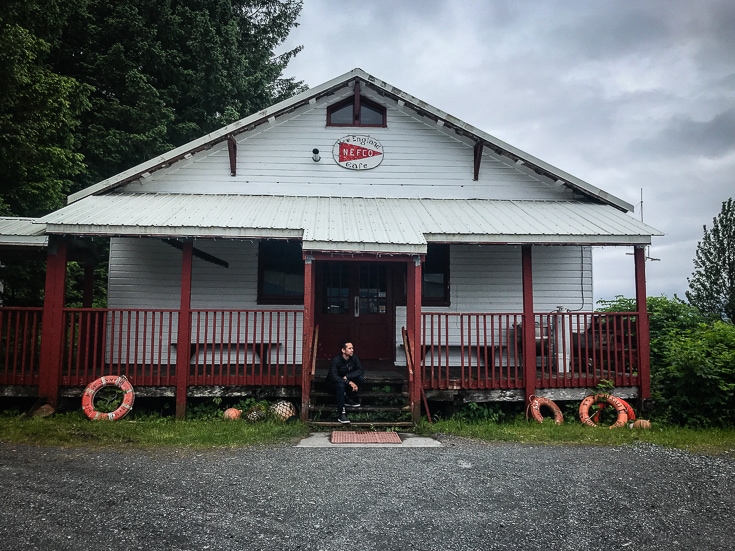
The Life Cycle of the Copper River Salmon
From the Copper River to the Gulf of Alaska and back to the exact Copper River tributary where they were born. These salmon swim in the most pristine waters anywhere in the world. When they are caught, they are carefully handled every step of the way until they reach you at your local fish market.
Copper River Salmon are an example of Mother Nature at her very best.
These special Salmon are one of the most fascinating animals that I have ever learned about. Their life cycle is quite complex, and the specifics depend on the exact species, so I’ll give you just a very brief overview.
They start their life hundreds of miles up the Copper River where they are born in shallow streams. Salmon are anadromous, meaning they have the ability to live both in freshwater and saltwater. As they grow bigger and stronger, they make their way down the river and out into the Gulf of Alaska where they feed and mature for 1 to 4 years. Once they reach maturity, they fatten up and return to the Copper River to swim upstream to spawn and die in the same stream they were born.
They stop eating as soon as they enter freshwater. During their arduous fight back up the Copper River, their bodies transform and they are often called “zombie fish.” They change color as they are able to absorb and consume their own skin for energy. It is absolutely fascinating.
When the salmon die, they give life to hundreds of other animals who eat them and then pass those nutrients to trees and plants. The Copper River Salmon are a perfect example of Mother Nature at her very best.
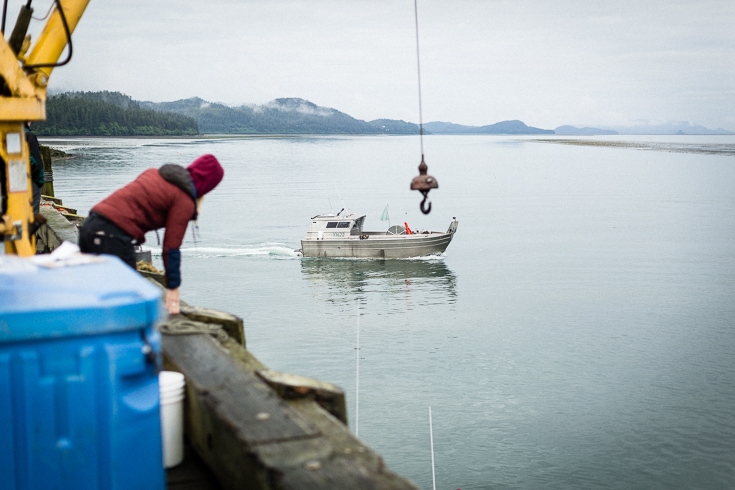
The Harvest
Copper River Salmon are only fished when they fully mature and return to the mouth of the river. They are fished by a very small fleet of fishermen who often pass the trade down from generation to generation.
Fishing days are determined based off of Meticulous counts by the Alaska Department of Fish and Game. They make the call on how many hours they can fish on a given day. Fishing days might be on Monday and Thursday, and range from 12 to 36 hours at a time, depending on the amount of fish that were counted the day before.
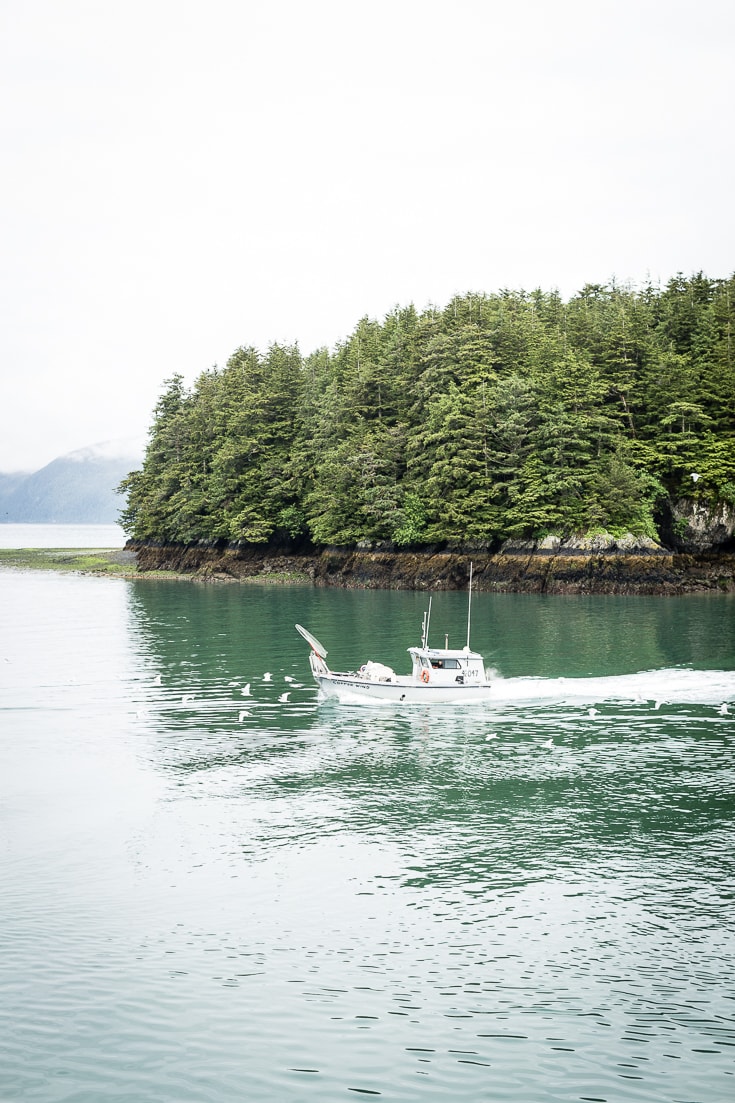
The Different Species of Copper River Salmon
There are three main species of salmon in the Copper River Basin. The Copper River King Salmon, Copper River Sockeye Salmon and the Copper River Coho Salmon. Each species has a slightly different spawning season, and thus are fished at different times.
Availability of Copper River Salmon
While Copper River Salmon is available year-round, it is only available fresh from about May through September, and the specific type of Salmon depends on which month they are running. King Salmon are harvested during May and June; Sockeye from May through July; and Coho are last from around August to September. The rest of the year it is available frozen, depending on supplies.
A Little about the Sustainability of Copper River Salmon
This Prince William Sound / Copper River fishery is very healthy, especially this year. It is highly regulated through a system of sophisticated fish counting using high-tech sonar. There are only a certain number of fishing licenses available. The licenses can be sold and bought, but that is the only way to get one. This keeps the fishing fleet to a size that helps ensure sustainability to avoid overfishing.

The biggest threat to wild salmon in Alaska
While there are numerous threats to other salmon fisheries along the west coast of the United States; the biggest threat to salmon in Alaska is rising ocean temperatures. They feed in the cold waters and as temperatures rise, they must swim further to reach their food source. This also means that they must swim back further to reach their spawning grounds after they have bulked up, burning off more energy before they reach the river.
The Journey to your table
These beautiful fish are caught, processed and flown out of Cordova the very same day in order to arrive as fresh as possible. The very same airplane that I flew on was also filled with boxes of cold packed fresh salmon heading to Anchorage where it is then routed to a city near you.

The Community of Cordova
The community of Cordova revolves around the Salmon. If the Salmon didn’t exist, the people of Cordova wouldn’t be able to survive. It’s a place where everyone helps each other and the only reason you lock your doors is to keep the bears out of your house.
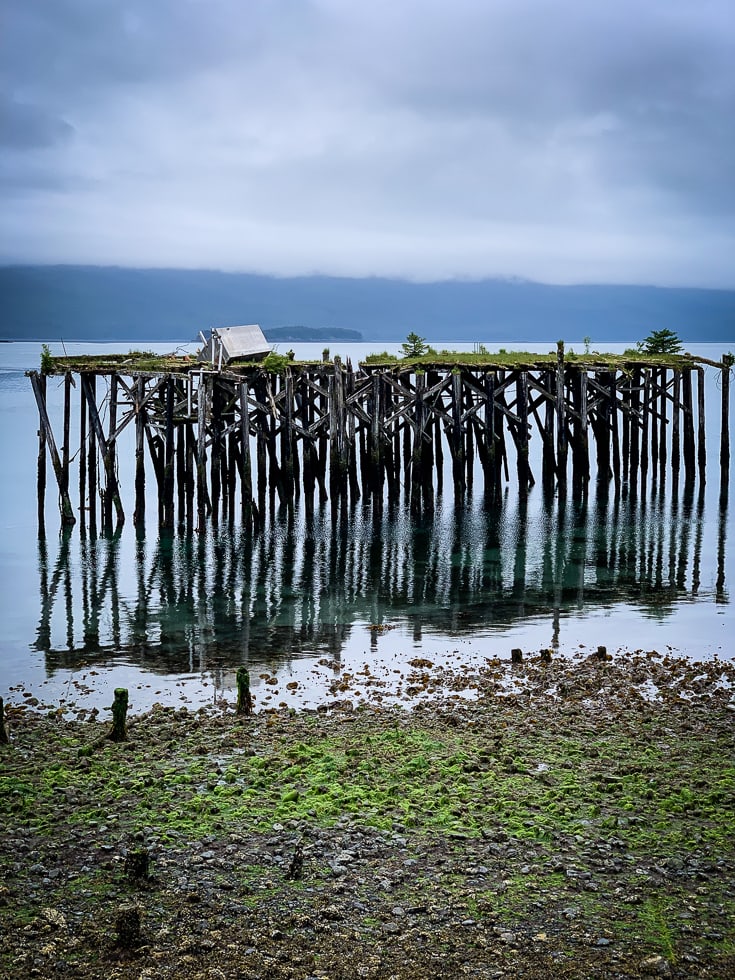
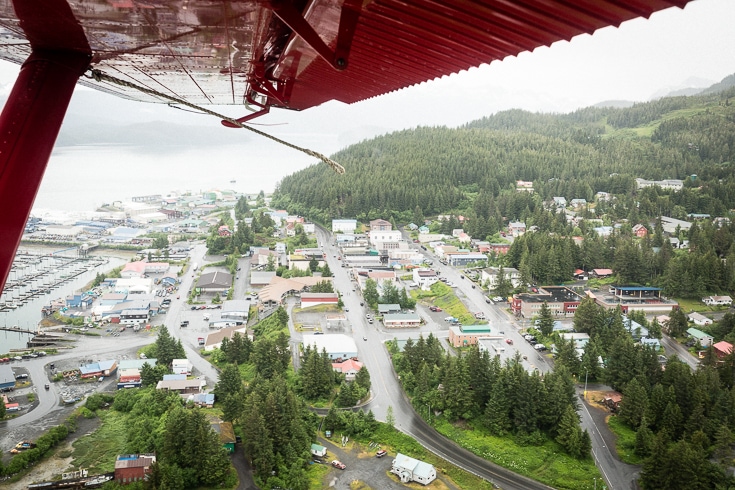
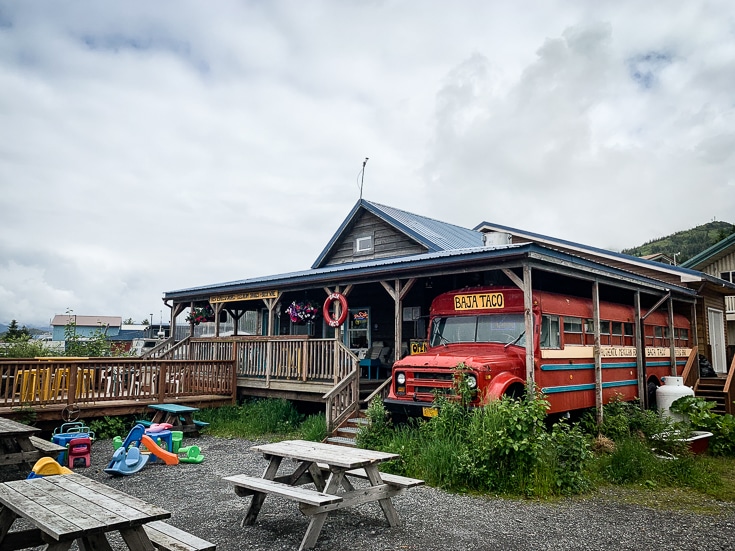
The fishing
Gill nets are used to catch the salmon and the size of the holes in the nets determines which species of salmon they are fishing. It was fascinating to learn that a majority of the boats are captained and run by solo fishermen or fisherwomen. While some do take on a deckhand, most go out and catch fish on their own. They might be on the boat by themselves, but they are always looking out for each other as a strong community out on the water.
The long summer Alaskan days and tides that fluctuate almost 15 feet mean that you have to head out to fish at the right time of day, or risk getting stuck.
Tenders are scattered throughout the fishing grounds to pick up the catch from the boats and bring it back for processing.
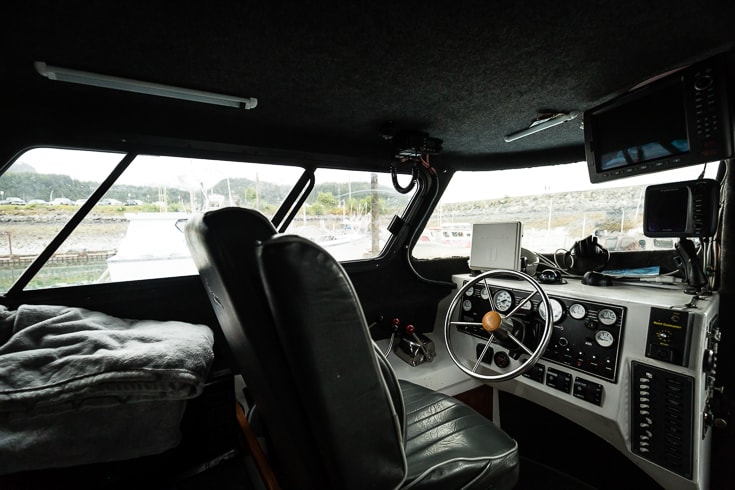

About Summer Salmon Camp
Our gracious Summer Salmon Camp hosts, Annalee and Christa from the Copper River Marketing Association toured us all around Cordova and filled us in on all the details of how the entire salmon ecosystem works.
Our small group of 6 included 3 Chef/Restauranteurs from Denver, a writer from San Diego and a fellow food blogger from Portland.
- Jackie Bryant
- Candice Walker from Proportional Plate
- Chef Jennifer Jasinski
- Chef Max MacKissock
- Chef Paul Reilly
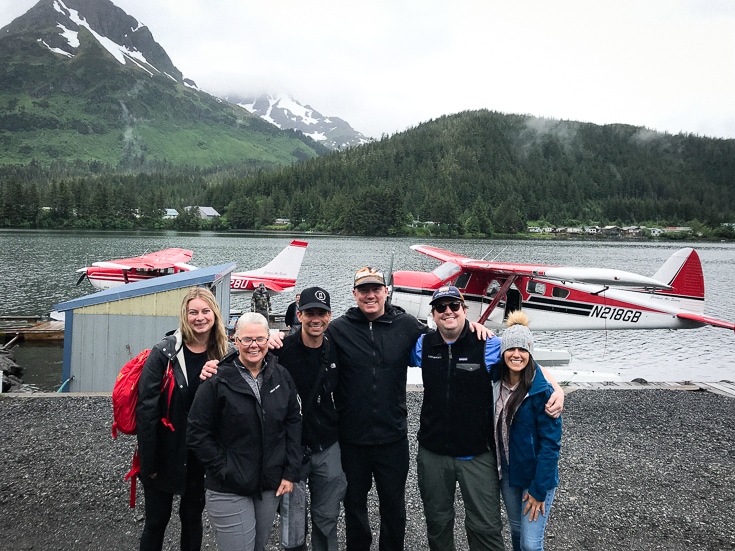
Highlights from the trip
A tour from the sky – Seaplane flight over the Delta to view the fishing fleet when they arewereactively fishing.
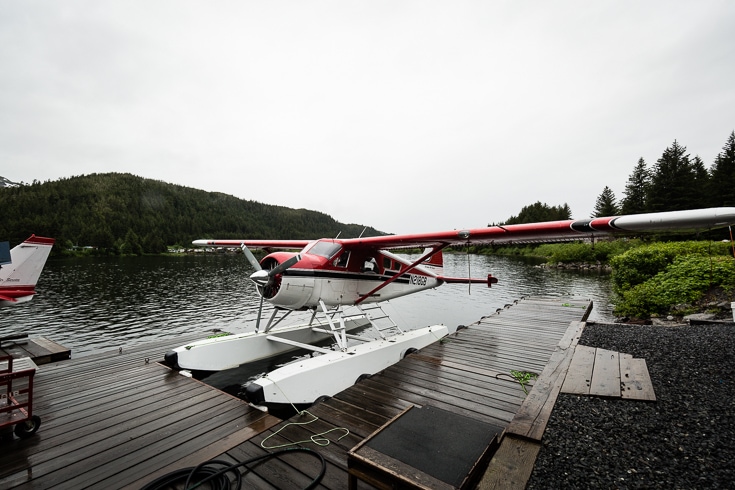

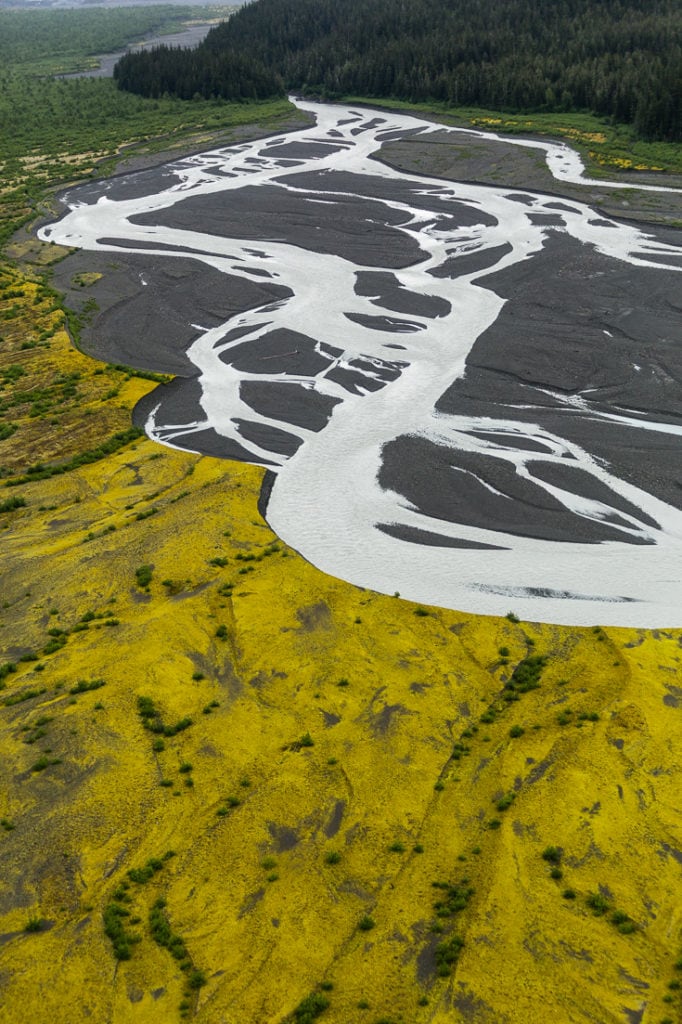
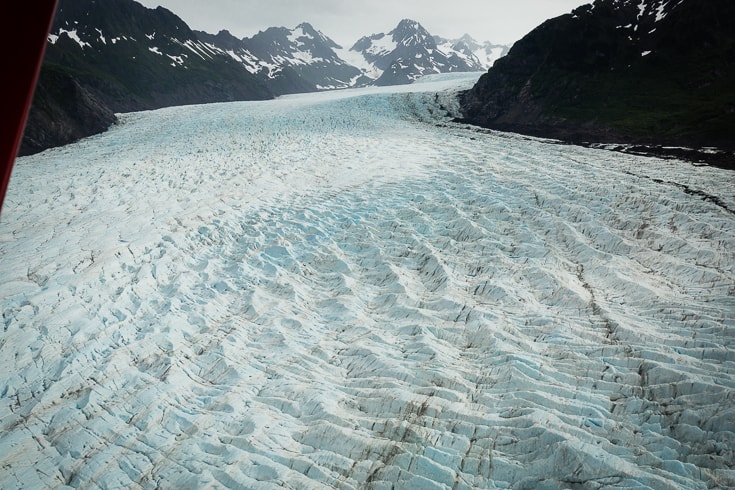
Hiking to a glacier. What a WOW moment to see the unreal teal blue glacial ice in person is something everyone should try to experience. It was truly breathtaking.
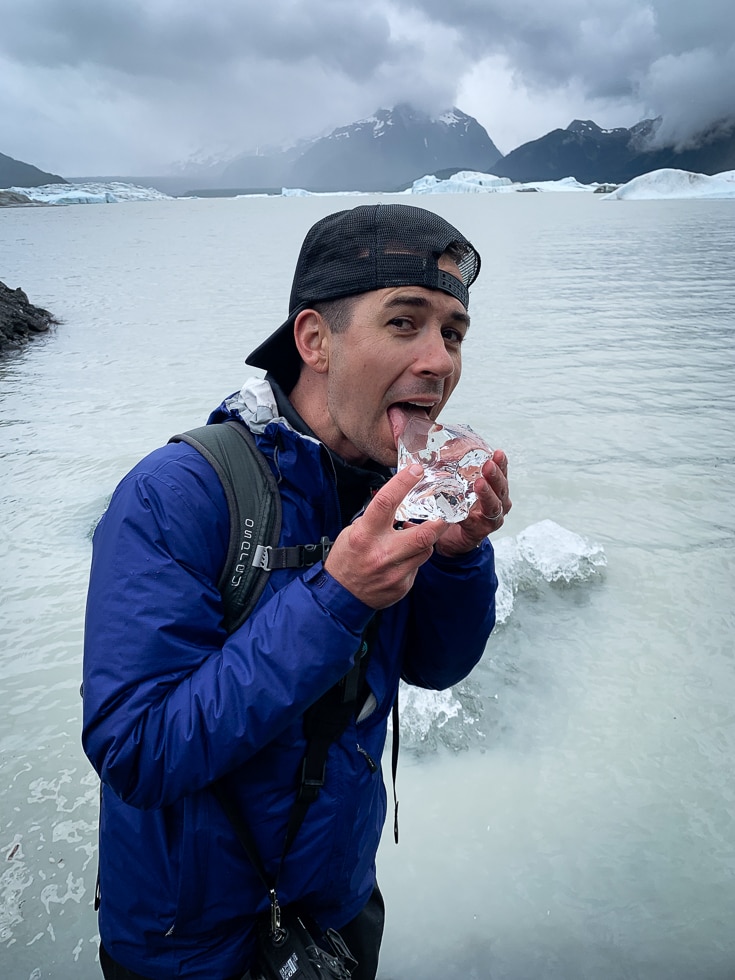
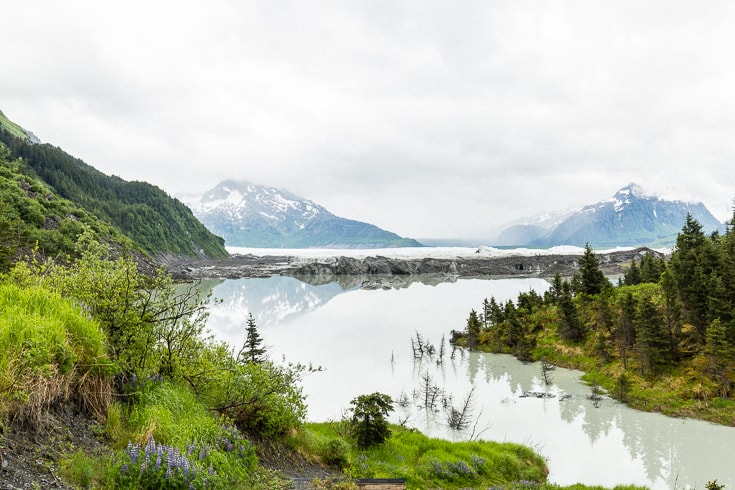
Fileting a Salmon on the dock with a seasoned fisherman.
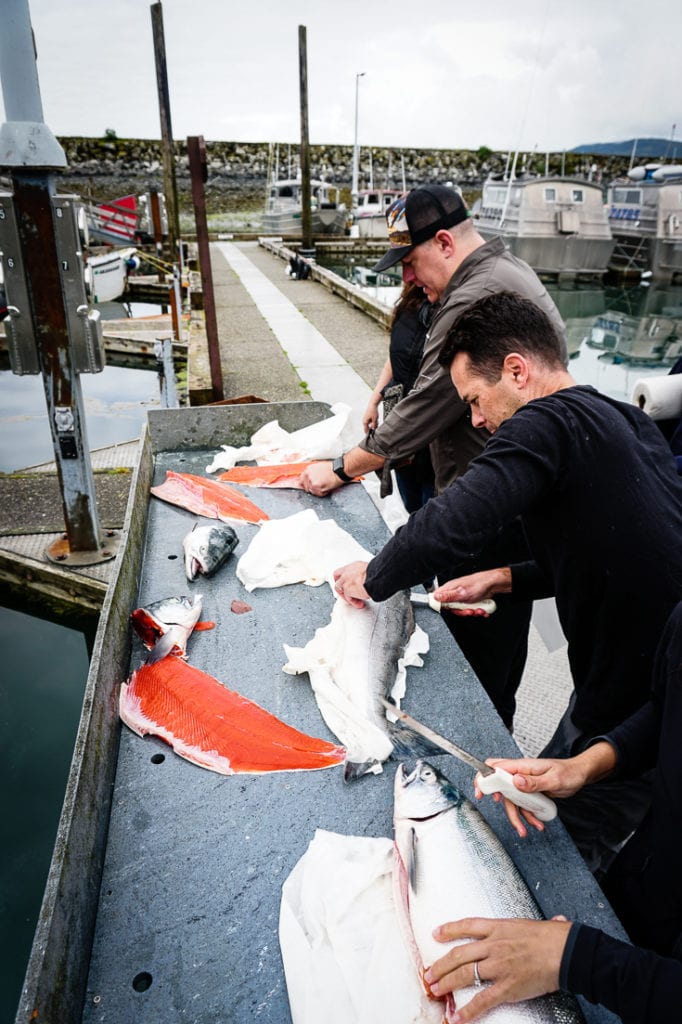
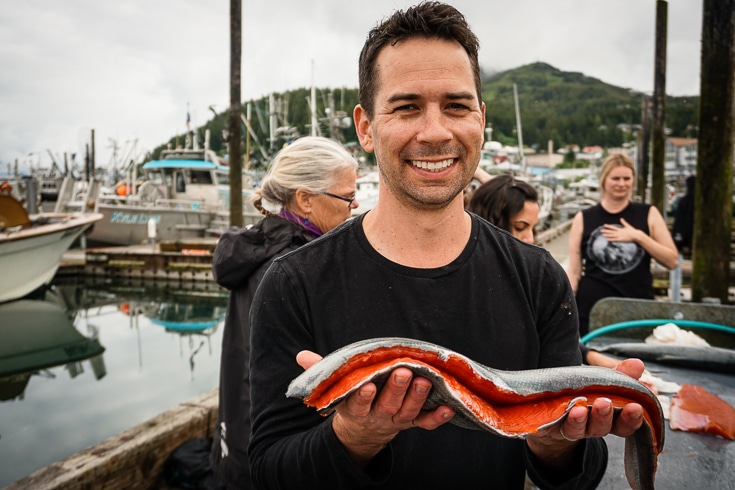
Cooking a salmon feast for fishermen. We had the opportunity to cook the fish we had just cleaned on the dock, for some of the fishermen who caught them.
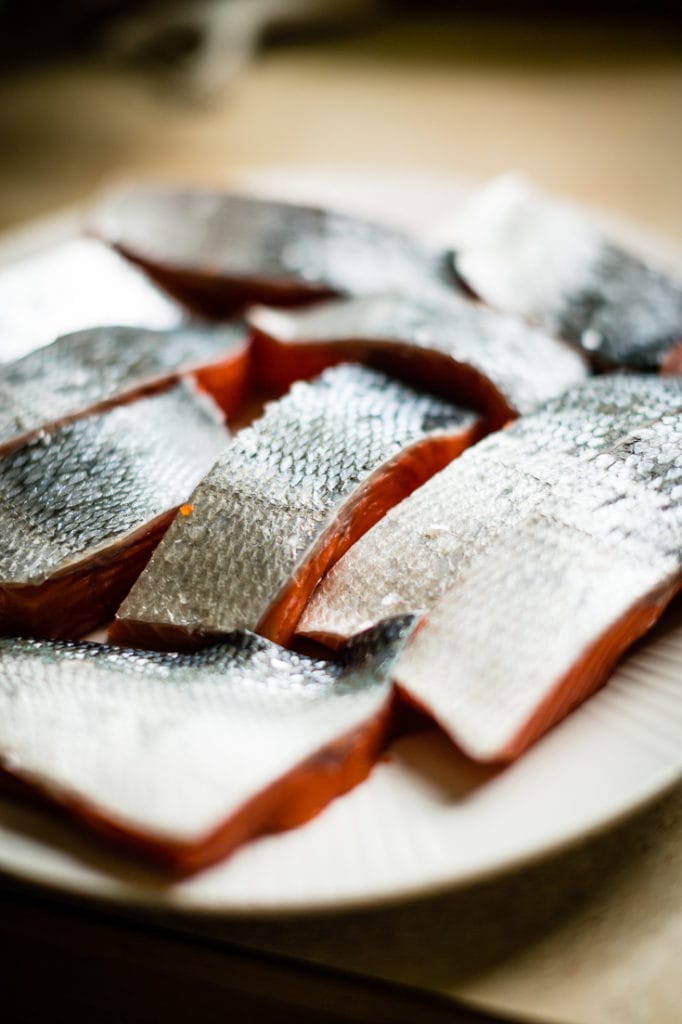
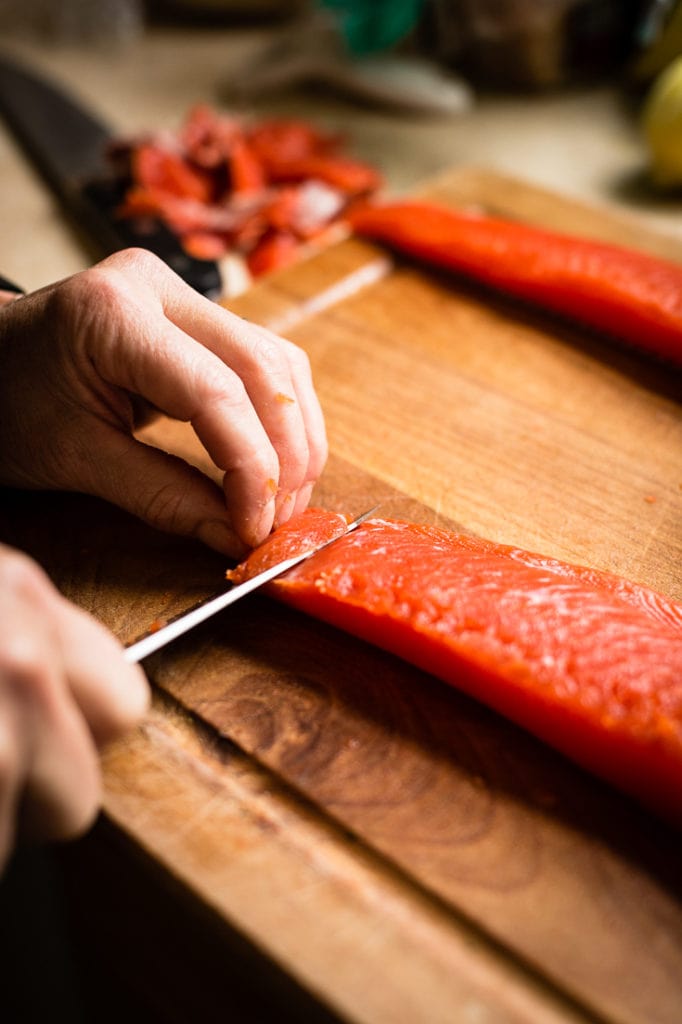


A picnic on the Copper River
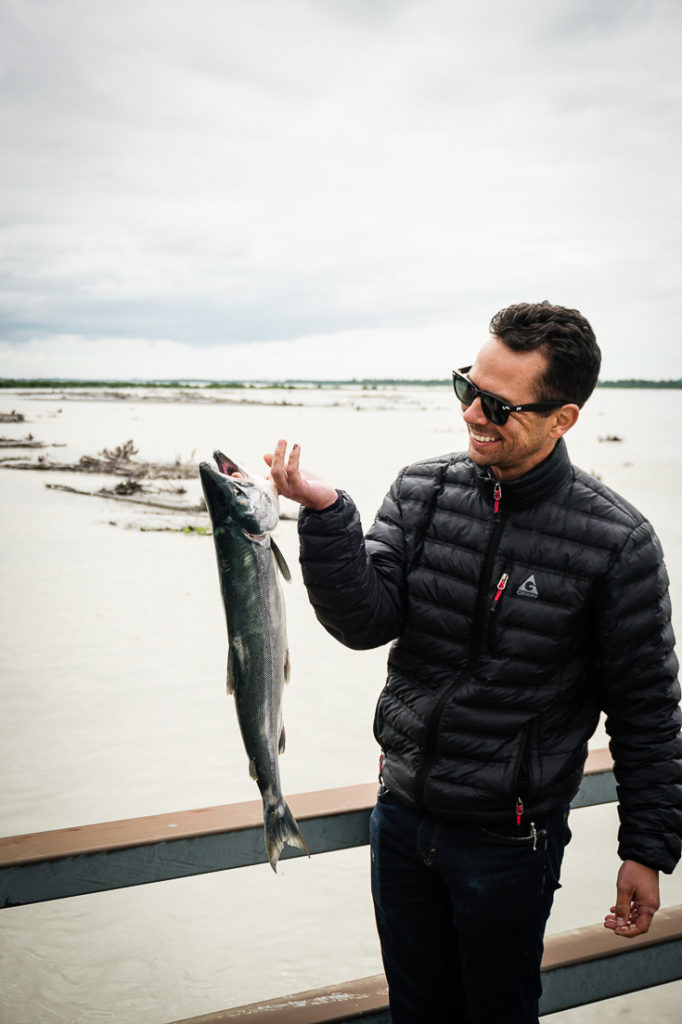
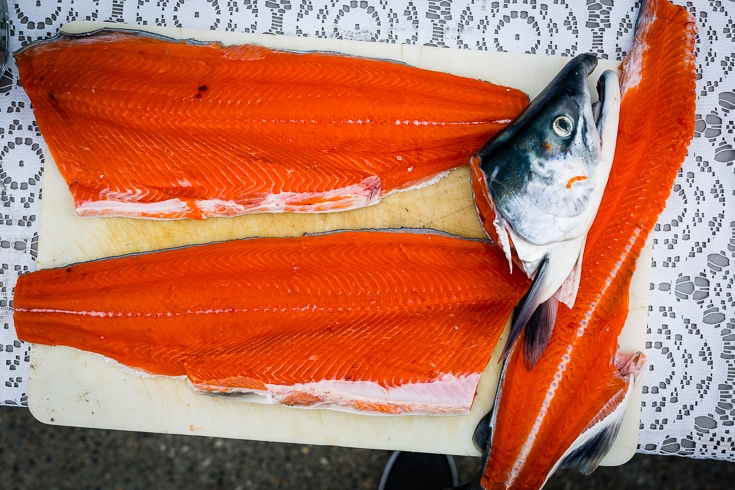
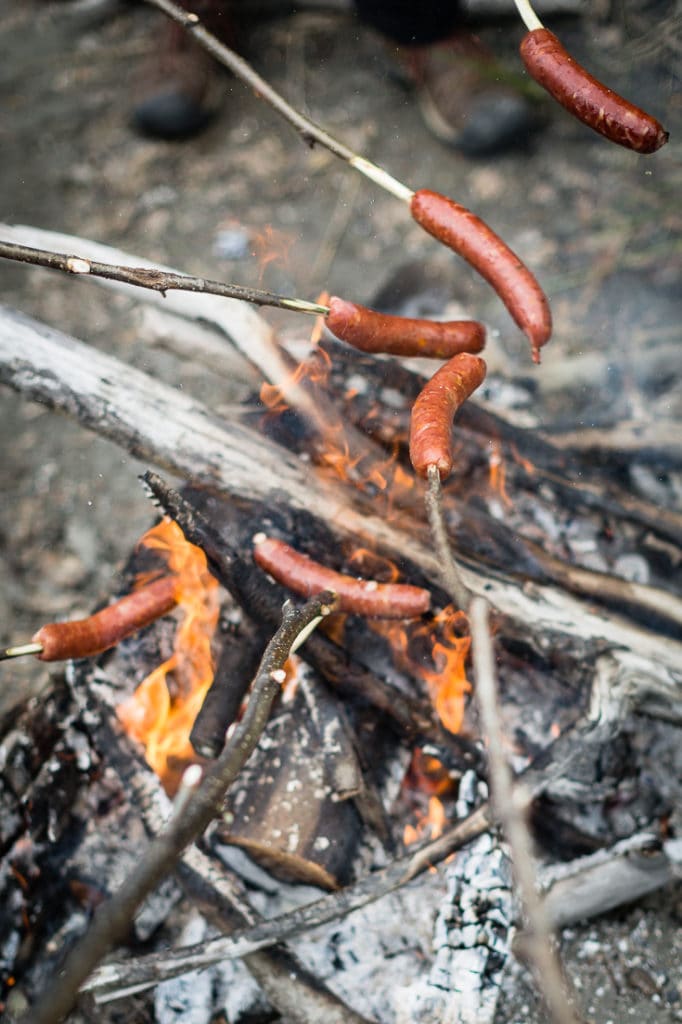
An afternoon on the Copper River. What an experience to be on the actual Copper River. The water moves swiftly, the cold chill in the air and the water as cold as the glacier that is just a few miles upriver.

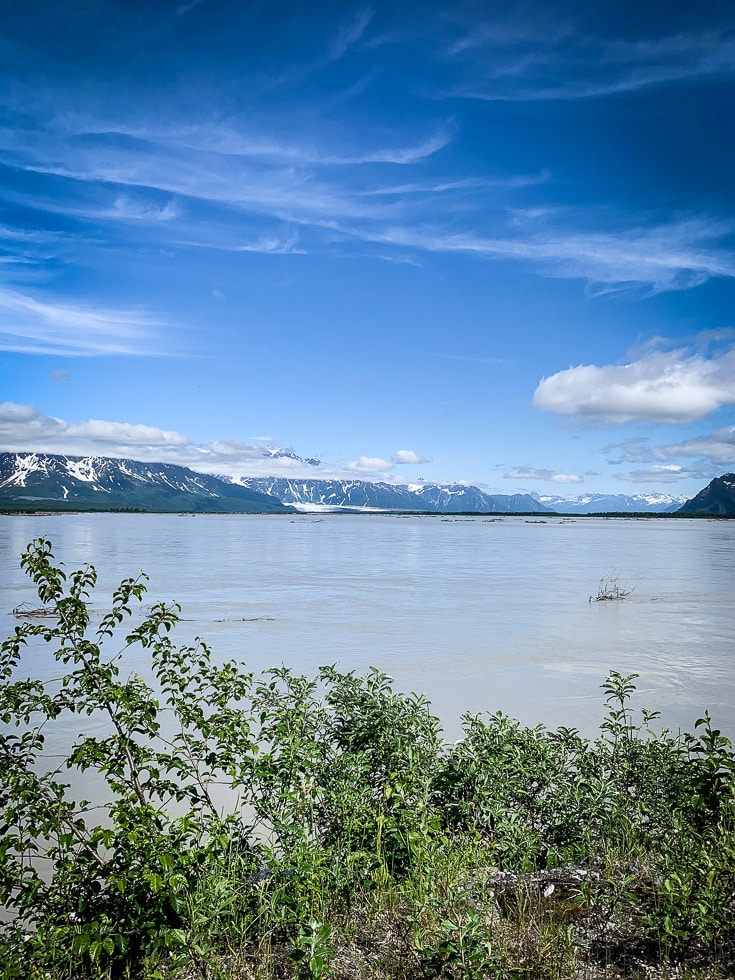
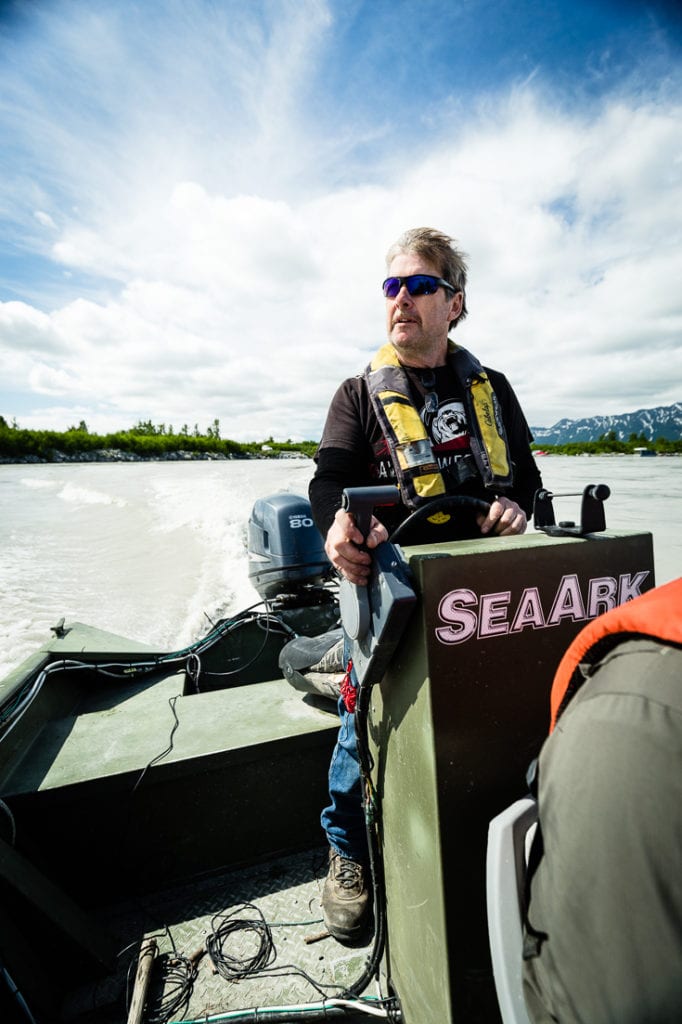
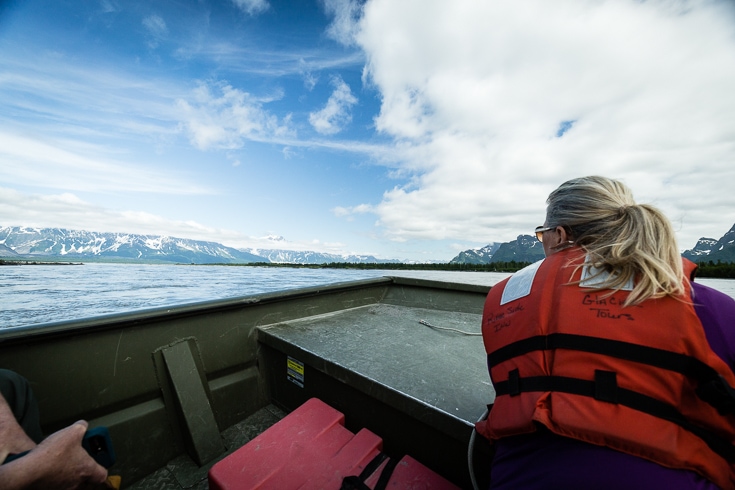
Net mending
Hand made nets to the fisherman’s specifications. Based on color. Nets are a fascinating thing. Would you ever think that the fishermen are so picky about their individual nets that they choose the specific colors to use to best attract the salmon. Yep, it’s true. And they are all made by hand.
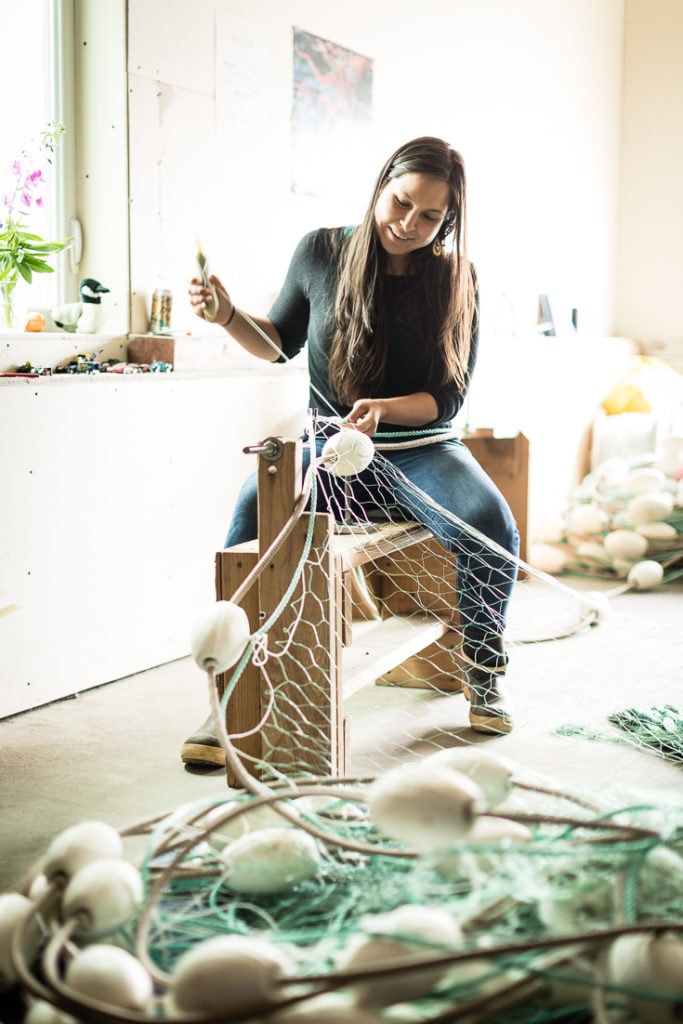
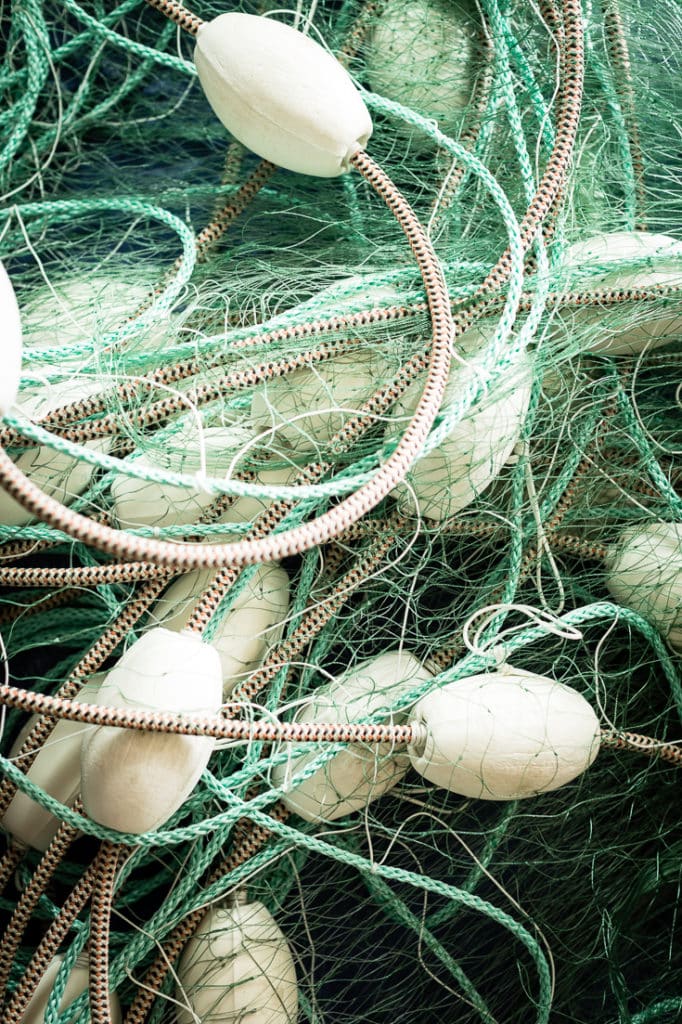
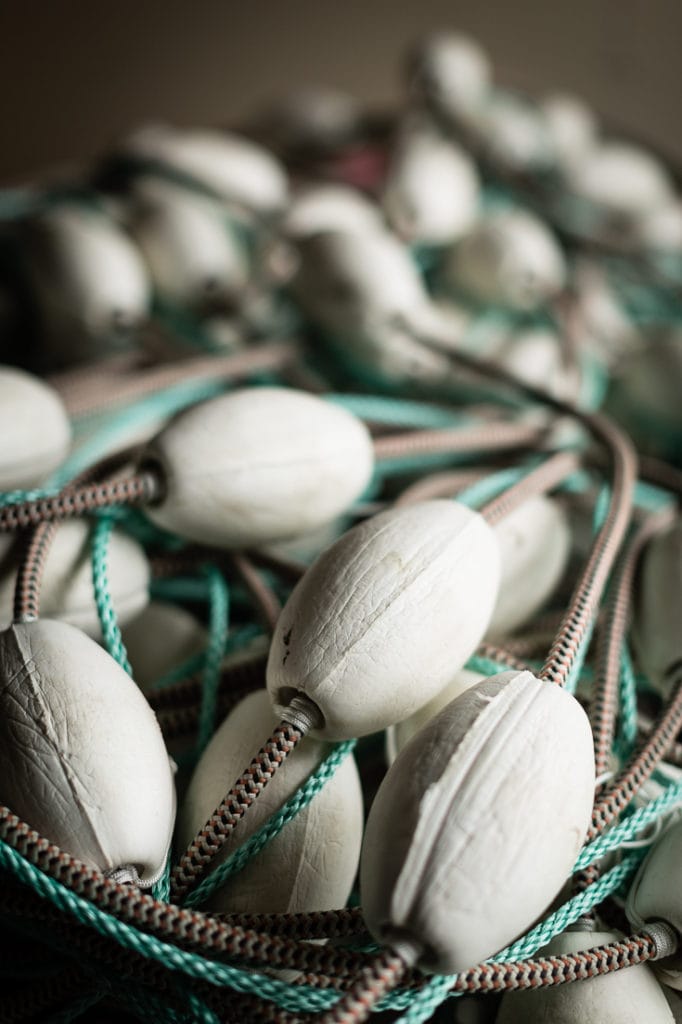
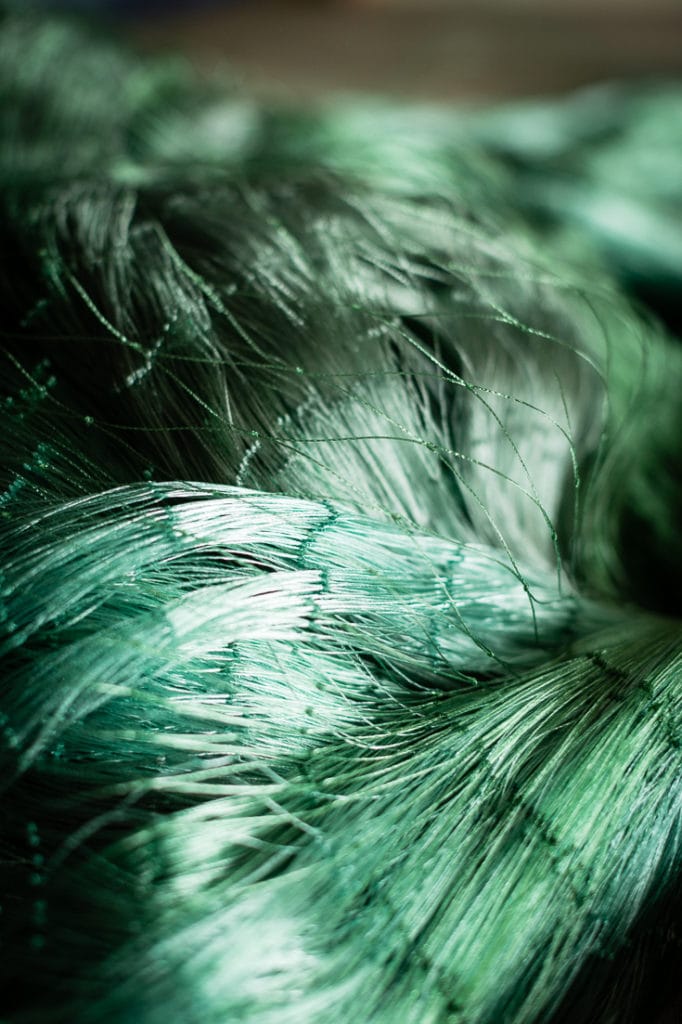
We ate salmon…and then we ate more salmon. Baked, seared, hot smoked, cured and cold smoked. You name it, we tried it.
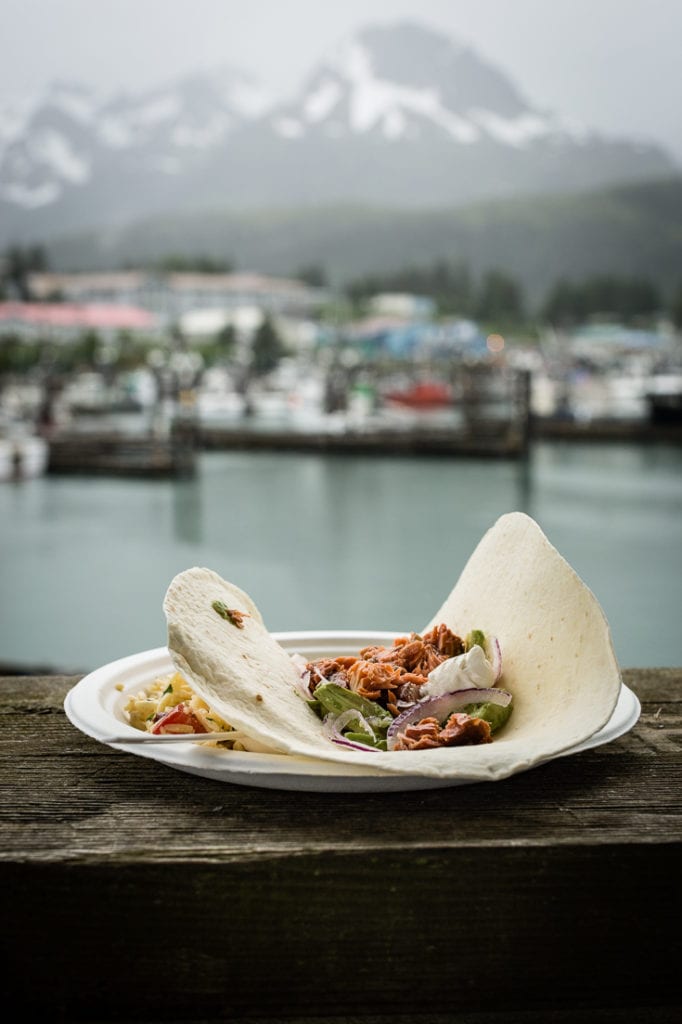
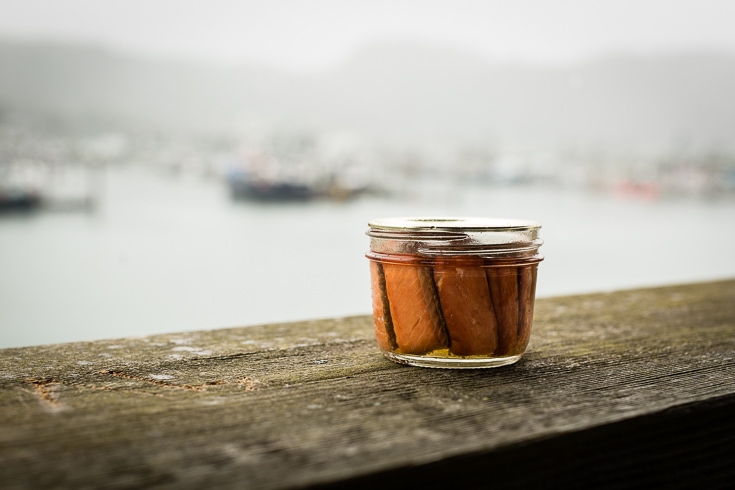
The summer solstice means it really doesn’t get dark. The sun would set for just a few minutes before it started rising again. The light wasn’t so much an issue for sleeping, but it was the mental feeling of not being ready to go to sleep because it is still light out. Something we definitely get to experience closer to the equator.
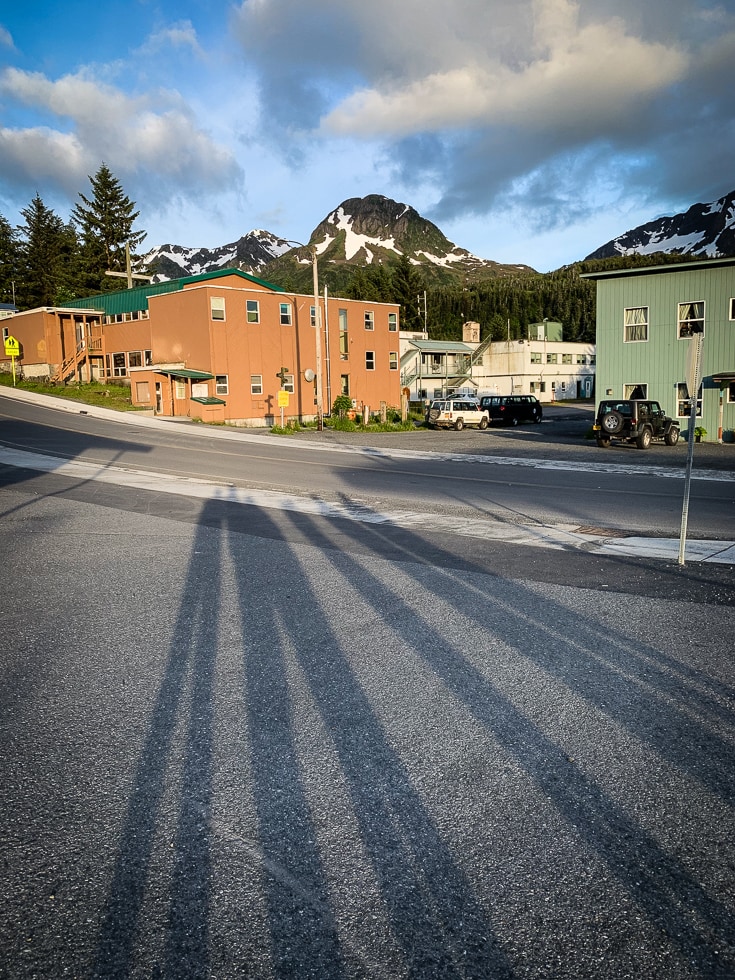
A 15-course tasting dinner at The Orca Adventure Lodge’s New England Cafe. We weren’t hungry after eating a late lunch on the river. We were told that it would be a light 3-course dinner. We were definitely told wrong (but in the best way possible). The chef went all out for us and it was so much delicious fun.
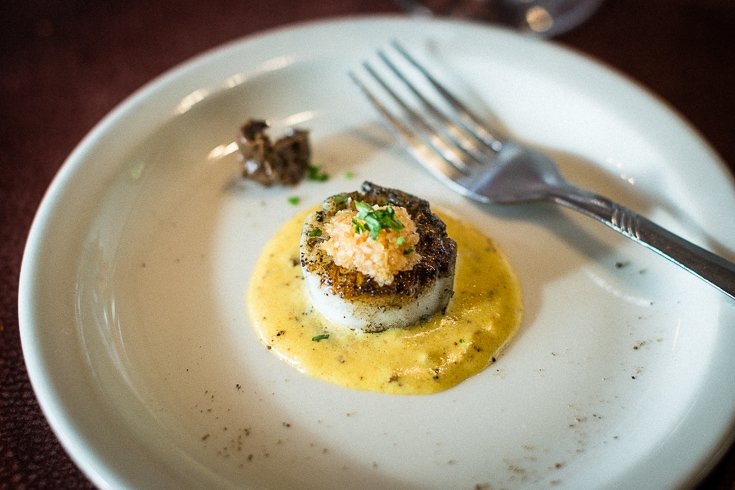
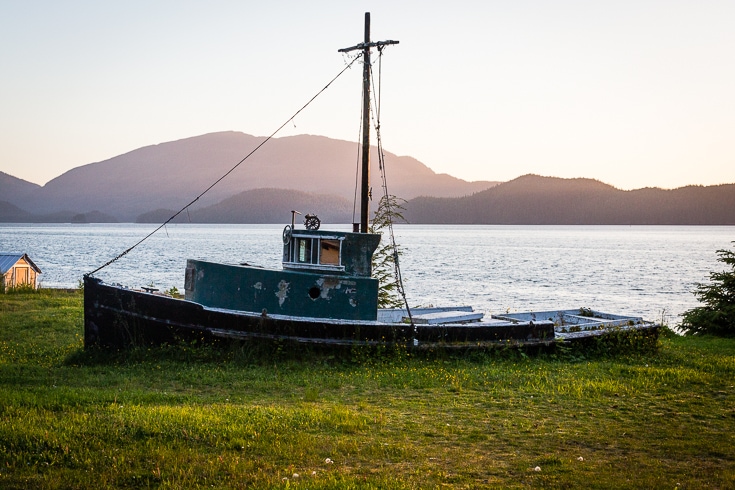
Japanese Fish Printing (Gyotaku). An unexpected super fun take-home art project for a souvenir of the trip. We used a natural die to paint the fish and make an imprint on a tea cloth.
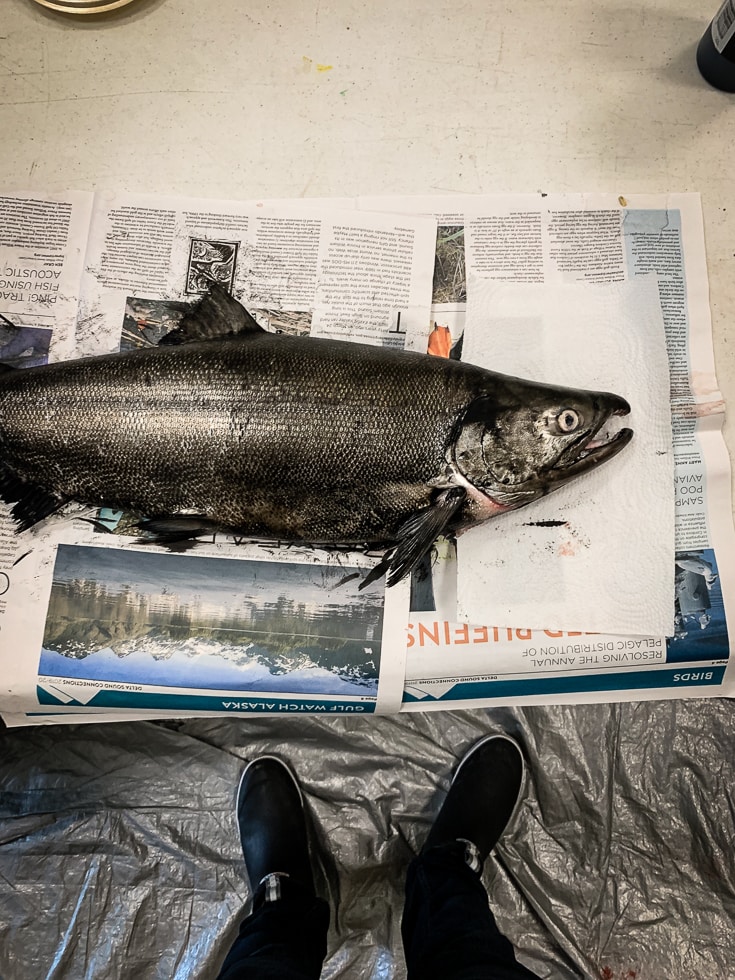
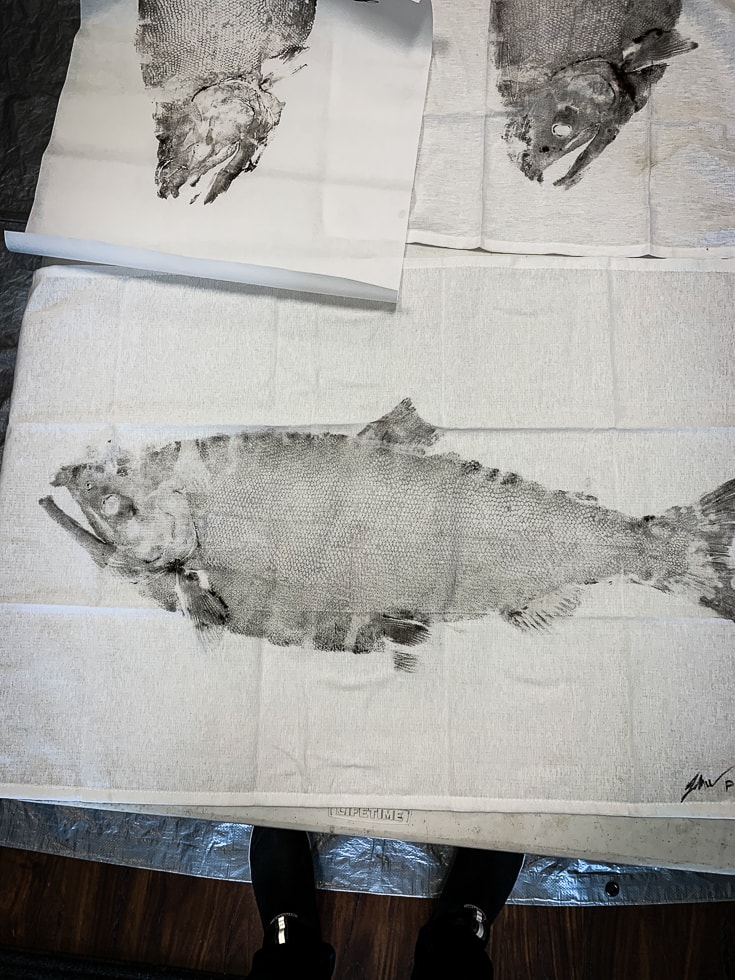
Miscellaneous Super Interesting Facts about Alaska
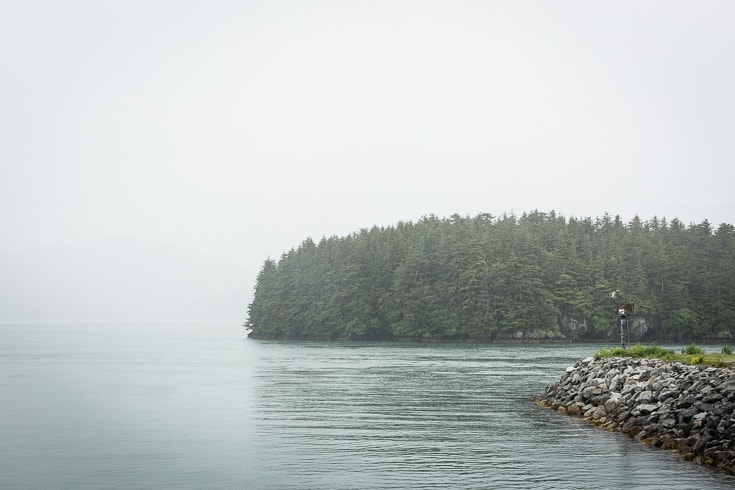
- The Copper is a River Wild. This is not a tame predictable river. It is brisk. High in silt. Very high. The second highest… It does what it wants. Just last year, the road to Child’s Glacier was washed away. Being in remote Alaska, roads are not rebuilt right away. It creates a massive project that costs millions of dollars in a state that has a budget crisis.
- Bald Eagles hang around in convocations (the word used to describe a group of eagles). They seem to be about as common as seagulls everywhere else.
- The weather and the views change so quickly. one moment there will be a giant mountain range right in front of you, and the next moment it looks like it was never there.
- Cordova is actually a rain forest and it rains almost every day.
- Foraging is possible just about everywhere you look.
- Seals swim up the river to fish for salmon. They can’t see through the silt packed water, so they use their whiskers to feel for the salmon.

Where to buy Copper River Salmon
While wild salmon is a very seasonal fish, it is often available at larger stores like Whole Foods or even at Costco. Visit the Where to Buy section of the Copper River Salmon website to find out where you can buy it directly from fishermen and distributors.
Recipes: How to best enjoy Copper River Salmon
You have come this far, and now here’s some recipe inspiration to keep it going:
- Simple Smoked Salmon
- Cedar Plank Salmon
- Creamy Lemon Vodka Salmon Pasta
- Cold Smoked Salmon
- Grilled Salmon with a bust tomato sauce
- Sous Vide Salmon with Lemon Farro Risotto
- Smoked Salmon Scrambled Eggs
- Beer Battered Deep Fried Salmon
- Crispy Skin Pan-Seared Salmon
- Easy Baked Salmon
- Crispy Salmon Cakes with Sauce Gribiche
Thank you so much to the Copper River / Prince William Sound Marketing Association for hosting me in Cordova, Alaska to experience your wonderful community and learn all about the Copper River Salmon.

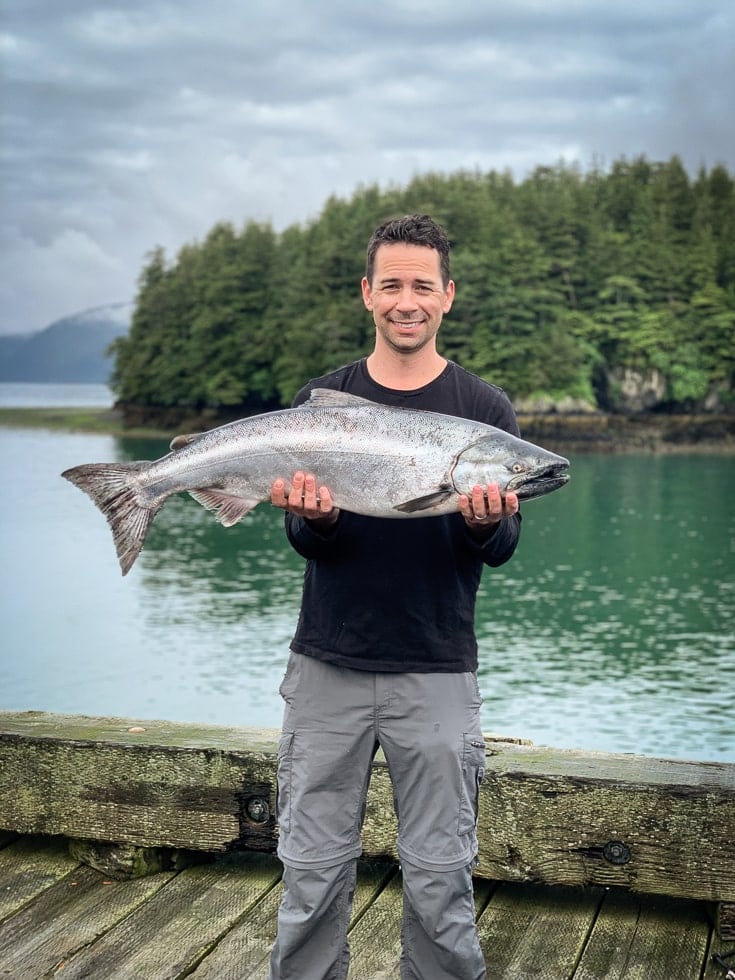
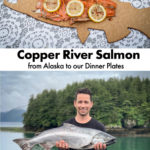
I live in Cordova and quite enjoyed reading your article/experience. We are not all so aware of what is happening in the seafood world here in our own little town… I’m just aware that it is a very busy place, but don’t see much first-hand, since my own busy-ness occurs at the airport where I work. So I miss a lot of what goes on in town, which is why I appreciate the little snapshot of fishing life you have given… And also the recipes for fish. I will have to try them… Thanks & thanks! Kind regards,
Hi David! I absolutely love your little town. You are so lucky to live there. It is such a beautiful and fascinating place. I often daydream of being back there. What do you do at the airport?
Thanks for stopping by!
Good article! But you forgot to explain that not all Copper river salmon are from the Copper River fishery. As a Bristol Bay fisherman I have sold lots of Salmon to Copper River Seafoods which isn’t even close to Copper River! Shoppers need to be aware and ask for proof of where the salmon came from and not assume that it came from Copper River.
Great point, Dave! Thanks so much for your insight.
As a Copper River Salmon fisherman I can say that Copper River SEAFOODS the company buys salmon from all across the state as do many other buyers. Copper River Seafoods is a trust worthy seafood buyer and supplier and their labels clearly identify the product that is contained. They clearly and properly label their products as Wild Alaska Sockeye etc. and they deliberately regionally label Copper River Salmon specifically. Very little Copper River Salmon ends up in value added packaging as most is sold as a highly sought after premium product to fine dining restaurants, upscale seafood markets and grocery stores, and direct to consumers. Consumers can and do buy Copper River Salmon with confidence.
Great story. Was born in Cordova and my Dad was a gill netter. Never took much interest then Now I wish…Live in Wash State now Have to smile when Alaska Airlines flies down that first king salmon.
Thanks for reading, Linda! Not many people can say they were born in Cordova. Super cool. You can always go back and visit on Alaska Air. 🙂